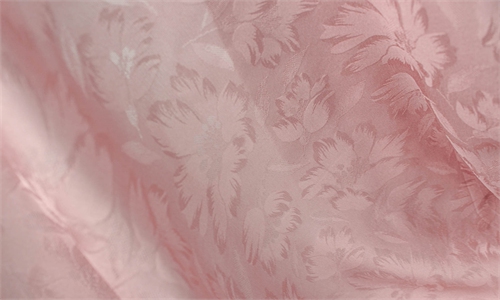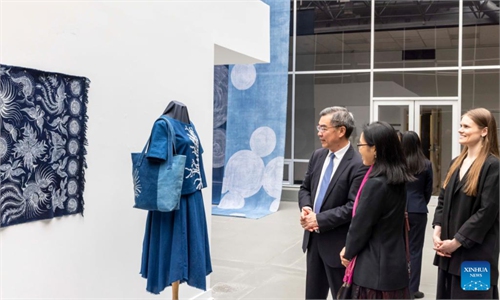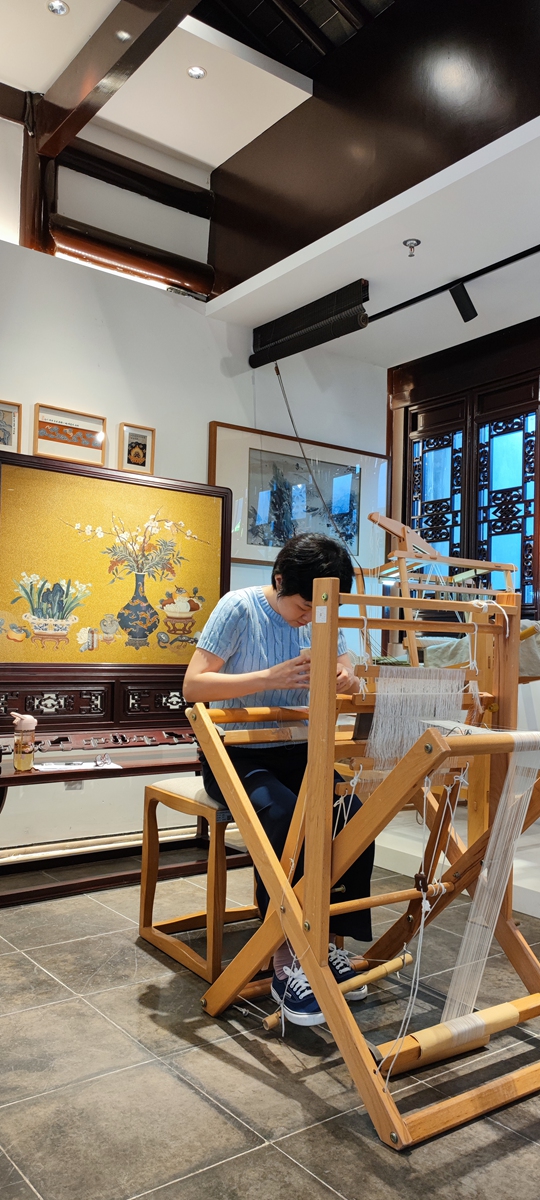
Li Jinfang works on a kesi tapestry. Photo: Courtesy of Li Jinfang
A kesi work Photo: IC Above: A visitor watches a kesi artwork at an exhibition. Photo: IC
At the beginning of 2023, the Shanghai Museum completed its one-of-a-kind exhibition by presenting the audience its valuable collection: The kesi (Chinese silk tapestry) artwork Ducklings on a Lotus Pond.
Through this national intangible cultural heritage, visitors were able to see the changing gloss flowing on the silk's surface as they walked along the art piece and from different perspectives they could also appreciate the variation of light and shading of the rocky mountains represented.
This kind of artwork, which was once very popular in the south of the Yangtze River and represented one of the highest classical Chinese silk art forms, is extremely rare in the world and was rarely exhibited in public due to the vulnerability of its technique and materials.
Kesi means silk tapestry: The individual characters mean "to engrave" (ke) and "silk" (si), explained Li Jinfang, a kesi expert from the China Silk Museum and researcher of UNESCO Silk Roads Programme, in a recent interview with Global Times.
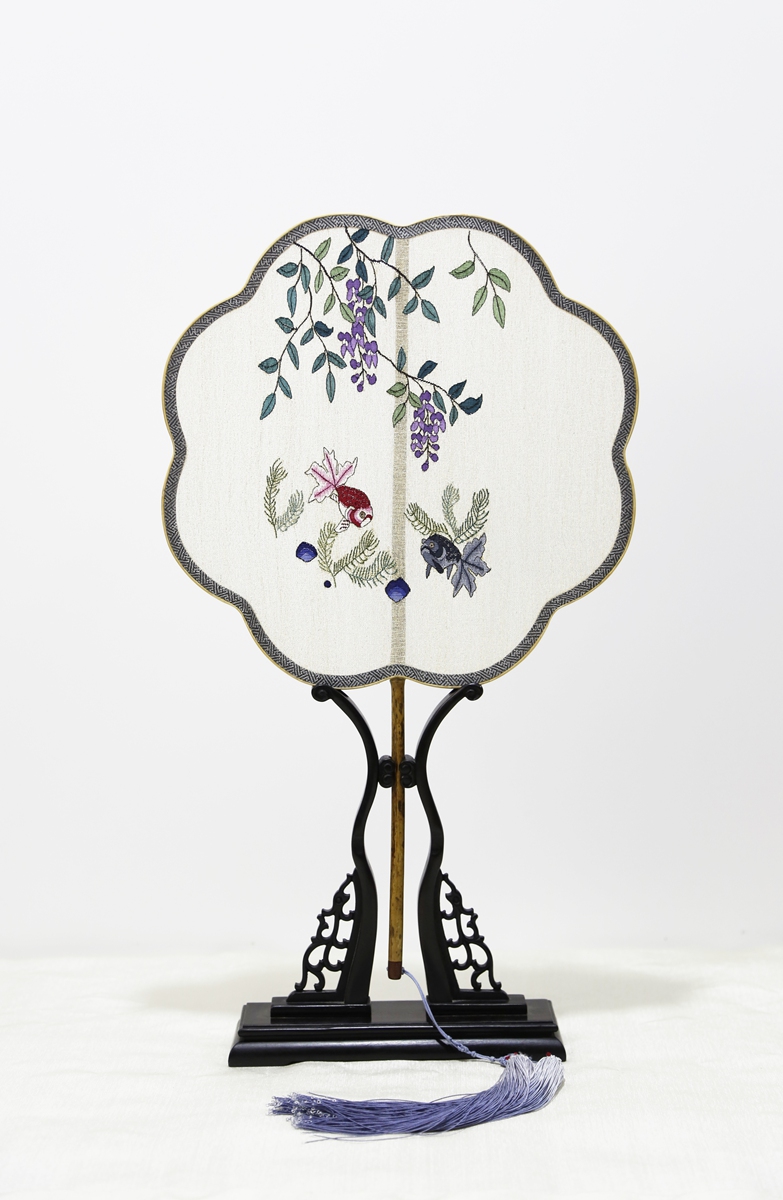
Unique method
Tapestry is a woven patterning technique characterized by discontinuous wefts that are joined using slits, interlocks, dovetail or other methods.
Different from ordinary silk weaving technology, the silk tapestry artworks tend to be more three-dimensional due to their unique weaving method. And the translucent silk thread with a triangular-shaped cross-section reflects the light, so that when people walk by and observe the artwork, the colors and texture change with their movement.
"Such an exquisite work requires a lot of human input, and one piece takes years of investment.
"From a larger scope, ancient silk fabrics have been seldom unearthed or preserved due to their vulnerability, but this doesn't mean that these relics should disappear unnoticed. The study of fabrics, including silk tapestry, is an excellent way to learn about history, the living conditions of the people and the economics of ancient times," she said.
Li, who just returned from Paris for celebrating the 35th Anniversary of the UNESCO Silk Roads Programme, was one of the 12 winners who were granted with $10,000 for the UNESCO's Silk Roads Youth Research project in 2021.
Through her own unique perspective, this young inheritor connected the precious art from the south of the Yangtze River with the ancient Silk Road by looking for the origin of Chinese silk tapestry. She entwined and compared the tapestry technologies that once appeared in different civilizations, unveiling interesting aspects of the stories that took place on this ancient road.
In February, a book on textiles and clothing edited by UNESCO and the China Silk Museum was published to introduce the important roles that clothing has played in human history, especially in the development of the Silk Road.
This book is one of the 17 making up a project by the UNESCO to reveal the cultural interactions in architecture and humanities along this famous road.
Graduated from Guangdong University of Foreign Studies with a major in French, Li has been working in the International Exchange Department of the China Silk Museum since 2019. Her story with kesi also started from there after she acquired specialized knowledge by being the book's assistant editor.
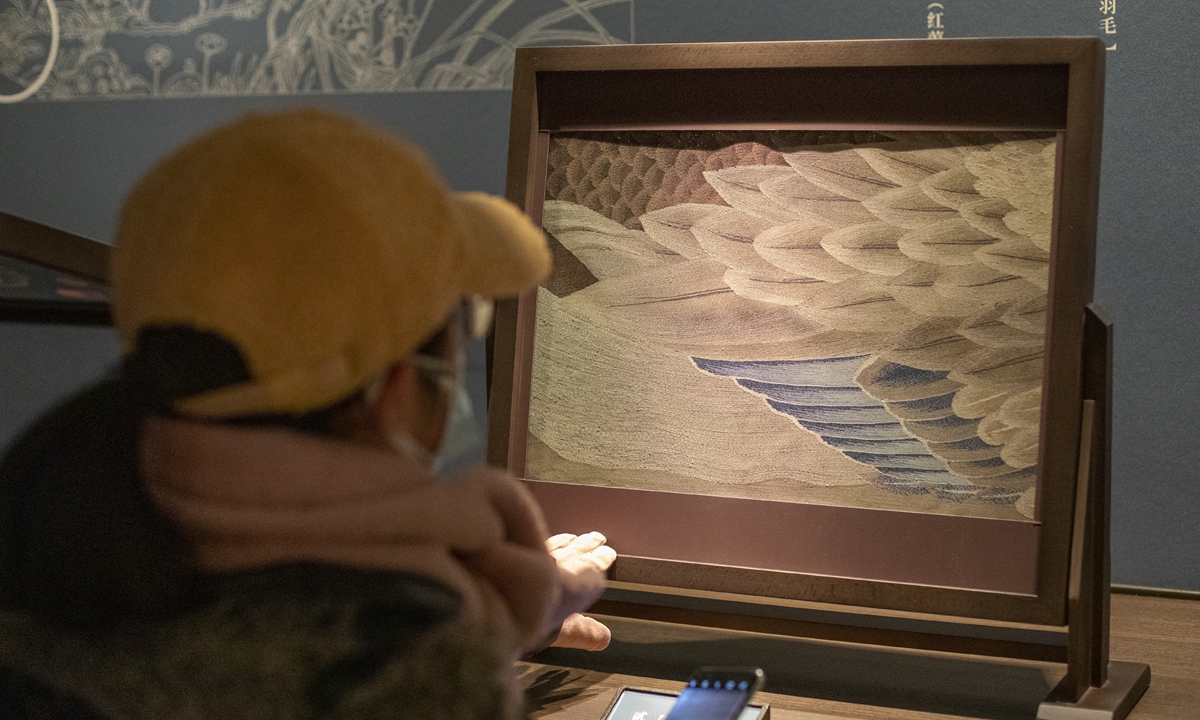
The roots
In 2021, UNESCO launched the Silk Roads Youth Research project application.
"I got interested when my boss sent me the application link. Since then I had picked some topics and asked suggestions from our curator of the museum," Li recalled, before she handed in her final topic: The Silk Tapestry Weave (kesi) Technique and Exchange between China and Countries along the Silk Roads was chosen among the 800 research proposals to tell stories about Chinese silk tapestry.
After the grant, the young researcher decided to start by looking for the roots of the tapestry technique.
"Although kesi is a native handicraft of Southern China, tapestry itself didn't originate in China," Li noted.
Based on many unearthed cultural relics and historical records, nowadays experts and archaeologists generally believe that the tapestry technique was introduced to China from the West along the Silk Road. But when, where and even how exactly remain a mystery. Li told the Global Times that it is difficult to draw conclusions at the moment.
But according to the research, a piece of fabric dating around 1500BC, during the Scythian period (in today's Iran), was unearthed in a vast grassland. Additionally, three pieces of linen were unearthed from the tomb of an Egyptian Pharaoh belonging to the same time period and they were also made with a kind of tapestry technique. Similarly, the weaved wool cloak unearthed in China's Xinjiang revealed tapestry-making methods.
"A series of unearthed relics indicates the spread of tapestry techniques in Eurasia, through Xinjiang to the central plains and even further east, and this process appeared way before the envoy Zhang Qian and his delegations paid visits to the West through Silk Road during Han Dynasty [206BC-AD220]," said Li.
After the technique was introduced to China's central and east areas, the local people used it to create silk.
At the very beginning, most of the patterns on clothes were flowers and birds, which symbolized good luck. Such patterns and techniques quickly entered the world of artists, where ancient artists would use calligraphy and painting as drafts to create silk tapestry artworks.
"It [kesi] is a heritage shared by the whole nation. The main purpose of this project is to let more people know about silk tapestry, a kind of classic artwork that is precious and valuable in China. From it we can identify the cultural exchanges that went on thousands of years ago," Li said.

